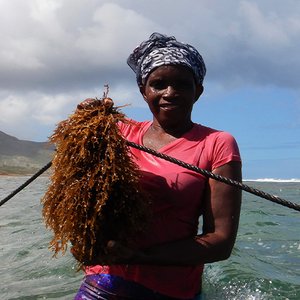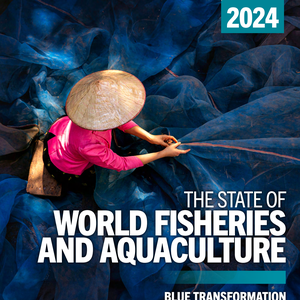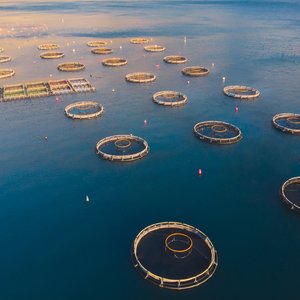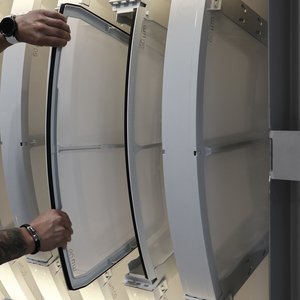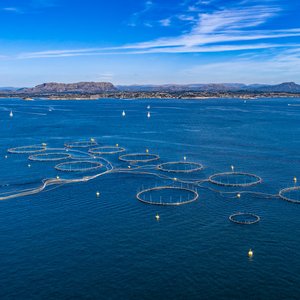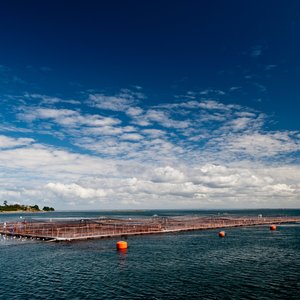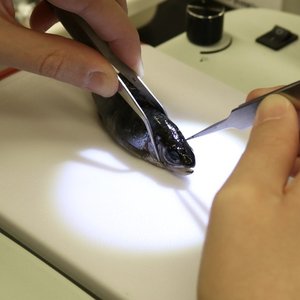Skretting released its first-ever Impact Report for 2023, building upon the theme of transparency that was the focus of its 2022 Sustainability Report. Just two years away from reaching the milestone year of 2025 for the targets set out in its Sustainability RoadMap, Skretting takes an honest and critical look at its progress and what still needs to be improved.
There are notable achievements in 2023. While scope 1 and 2 (energy, water and waste) emissions increased by 4.1% between 2018 and 2023, scope 3 emissions (feed raw materials) decreased by 11.1% in the same timeframe, leading to a total carbon footprint reduction over all three scopes by 10.4%.
“The report shows not only our global absolute greenhouse gas emissions but also the main drivers per business unit and within our main species. We are continuously increasing our knowledge and will keep reducing our impact through efficiency improvements, better data quality, changes in raw material compositions and sourcing,” said Bastiaan van Tilburg, Skretting’s CEO.
Recognizing that suppliers play a critical role in facilitating the production of sustainable seafood, Skretting has partnered with EcoVadis, a globally recognized sustainability rating platform. By using EcoVadis, Skretting is getting better insight into its suppliers’ sustainability initiatives – particularly those that operate in regions or industries where sustainability risks are more prevalent – and identifying areas for improvement in order to catalyze positive change throughout its supply chains.
“There is an increasing awareness among our suppliers on the need to commit to sustainability and why it is important, although some suppliers are further along in their journeys than others. The sustainability landscape is evolving fast and while there has been a strong focus on reducing our carbon footprint, we see an increasing need to have a wider perspective that includes other environmental impacts such as biodiversity and water and land use and protection, to name some. This is an industry effort in which we should all learn from each other to find the best way to improve our performance at every step of the value chain,” Jorge Díaz, sustainability director at Skretting, told Aquafeed.com.
Although the milestone was obtained in January 2024, the report also highlights Skretting Chile’s achievement as the first salmon feed plant in the world to be certified according to the Aquaculture Stewardship Council Feed Standard.
Dealing with dilemmas
On the improvement side, one of Skretting’s goals has been to source 100% of its marine ingredients from certified origins, or else from a Fishery Improvement Project, by 2025. In 2023, a combination of reasons such as a lower amount of certified ingredients due to fishing quota in Peru, fisheries losing their certification and few fisheries entering into FIPs, led to a record high cost of fish oil, which had an impact on the cost of feed. As a result, 77% of the marine ingredients purchased were certified or from a FIP – down from 84% reported in 2022. Skretting recognizes that this step backward needs to be the exception to the rule, and the industry needs to move in the same direction to reach its ambitious targets.
“If we look at the volume of uncertified ingredients in 2023 alone, paying the premium to replace them with certified ingredients would have cost our global operations around EUR 70 million more, and that’s something that we can’t absorb on our own. We need the industry to come together and share the responsibility to create a positive environmental and social impact,” added van Tilburg.
Skretting’s Impact Report is a call to arms; the value chain needs to move in the same direction, sharing both responsibilities and costs. Certification bodies are asked to be stricter during audits, with clear-cut distinctions between what is or isn’t certified. Feed producers must innovate to lower cost and reduce dependency on certain ingredients, and engage in new FIPs to find new certified marine ingredients. The industry must be steadfast in its drive to be more sustainable, which will go a long way to helping eradicate risks such as Illegal, Unreported and Unregulated (IUU) Fishing, child labor and modern slavery, among others.
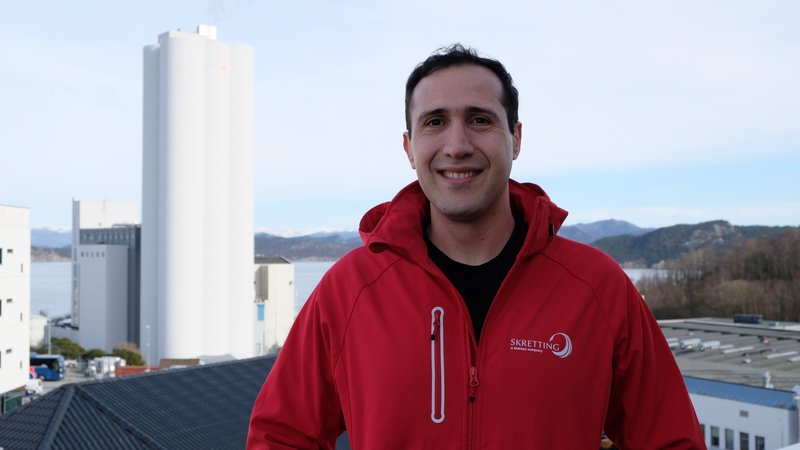
Jorge Díaz, Sustainability Director at Skretting. Credits: Skretting
A journey with challenges but also many opportunities to improve
As Skretting highlights in its Impact Report, the sustainability path is not without issues. One example is the current macroeconomic situation. “Market disruptions are indeed a challenge, but the industry has proven that it is able to adapt to different conditions and keep growing while making progress on sustainability. These are situations that also help us think differently and engage closer with suppliers and customers to find ways to look at the long-term picture and ensure that we don’t compromise on the future of the planet,” Díaz told us.
In the past few years, the industry has committed to reducing greenhouse gas emissions through the Science-Based Targets (SBT) Initiative and time has shown that they can be challenging to meet. “Although there are some good developments, as an industry we need to keep developing our knowledge when it comes to meeting the SBT. We see that the salmon industry, particularly in Norway but also in other countries like Chile, is active and more farmers are committing to the SBT, but we need other markets and species to move in the same direction to accelerate the progress that we have to make as an industry,” Díaz said.
“More than 90% of our total emissions come from the raw materials that we use in the feed and, therefore, it’s extremely important that our suppliers also join us on this journey. In 2023, we were able to discuss the LCA data and commitment requests with suppliers contributing to 42% of our total scope 3 emissions and observed that at least 17% of our scope 3 emissions are covered by commitments made through the SBT. We will keep learning from our suppliers and working with them to ensure that we can deliver on our targets.”
Despite the efforts the industry is making to improve sustainability, retailers and consumers are not aware of them when making decisions. “We still have room for improvement when it comes to communicating what we do well, but it’s equally important to be open about what’s not going that well and what we still don’t know about our supply chain, for instance. The only way to do that is through more collaboration with the different stakeholders that we interact with and by helping each other to do better. We also believe that by being more transparent, we will be able to create more trust at all levels in the value chain, which should ultimately lead to consumers knowing and trusting that the seafood they eat is safe, healthy and sustainable, no matter if that is a salmon farmed in Norway, a catfish in Nigeria or a shrimp in India or Ecuador.”
The sustainability landscape is evolving fast with new data, knowledge and approaches that will also bring new opportunities. “We need to improve especially when it comes to data exchange. An example is the Global Dialogue on Seafood Traceability (GDST), which can help us do much better in sharing a common language and platform for the traceability of the marine ingredients used in our feeds. We have been working with some suppliers to join this initiative and we expect that the new version of the MarinTrust standard, aligned with the GDST, can help us accelerate the implementation in our operations,” Díaz said.
"Another example is the new ESG tool launched in March this year by the Global Salmon Initiative, which is aimed at getting a better understanding of the environmental, social and governance risks connected to the production of the raw materials used in the feeds through a simple tool that can help us visualize our performance across 13 different indicators. We need more of these developments and collaborations to drive progress within our sustainability initiatives,” Díaz stated.
Strengthening collaboration and transparency
In a bid to enhance transparency in the organization, Skretting has disclosed the number of cases reported through Speak Up, its whistleblower and grievance mechanism that is open to both internal and external stakeholders. The total number for 2023 stands at 10. Skretting aims to increase awareness of this tool, and also consistently invite its stakeholders to provide feedback, both on what is going well, and what ultimately needs to be done better.
Acknowledging that progress can only be made in collaboration with other stakeholders, Skretting also invited customers, suppliers, certification bodies, NGOs and other partners to share their views on the challenges that aquaculture faces and the possibilities to improve.
Read the report here.



